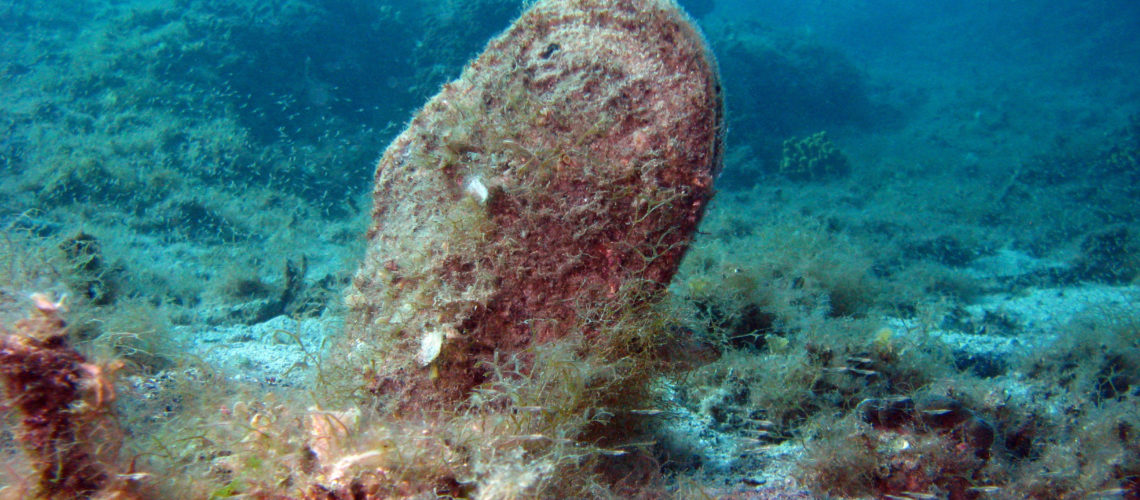
The noble pen shell is endemic and the largest shellfish in the Mediterranean sea, and can grow up to 120 cm in height. It is distributed throughout the Adriatic on the sedimentary bottom of shallow coastal areas, and many of us know it by different names: lostura, loščura, palastura. The ecological role of this species is extremely important because it filters and retains large amounts of organic matter from suspended detritus, which contributes to increasing the transparency of seawater. In addition, it provides a hard base for colonization in soft seabed areas by numerous algae, sponges, polychaetes, mosses and other invertebrates. Therefore, on the pen shells we often see a great wealth of life of colorful organisms. Inside are also small shrimp with which they live in symbiosis. It is sensitive to pollution of the sea, many individuals are affected by anchoring, and illegal extraction for decoration and / or food is still present.
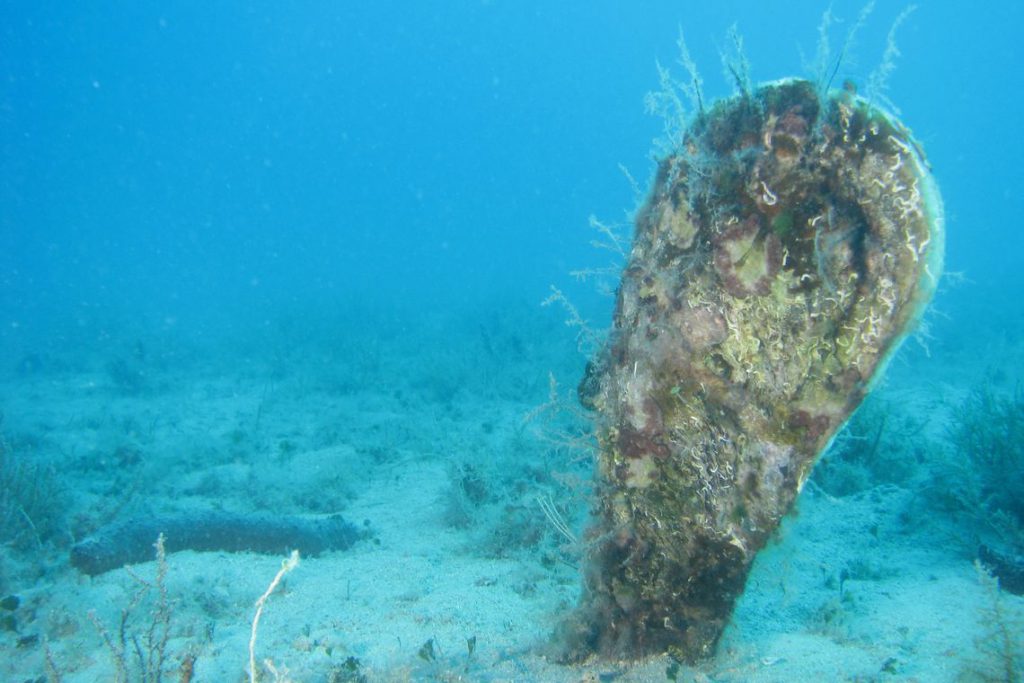
In 2016, the first massive death of noble pen shells was recorded in the Mediterranean on the east coast of Spain, and since then it has spread throughout the Mediterranean. The “main culprits” for this phenomenon are the newly described species Haplosporidium pinnae and bacteria from the genus Mycobacterium. In May 2019, we recorded the first death on the Adriatic, on the Elaphites.
It is protected by the Nature Protection Act, and is also in Annex 1 of the Ordinance on Strictly Protected Species. This bivalve is subject to strict protection under the EU Habitats Directive and is considered an endangered species under the protocols of the Barcelona Convention.
We spent a large part of 2019 actively researching the populations of the noble pen shells along the Adriatic, and mostly in protected areas. This is how we informed you about the situation in the Telašćica Nature Park as well as in the Lastovo Islands Nature Park. During the year, we monitored the area on Silba, around Zadar, Pag, Cres, Elafiti, several locations around Split, but also many others throughout the Adriatic, with your help – the help of active citizens who reported locations, counted pen shells and monitored their condition or flooding of empty shells on the shores. You’re still doing it, so thank you so much for that effort! Also, if you notice live pen shells anywhere on our coast (upright with visible shell tissue inside the shell and reacts to the stimulus and possibly closes) contact us in the inbox on Facebook or on the contact form of this website!
We also had an exceptionally good cooperation with foreign and Croatian experts, with whom we immediately started writing a scientific paper in May 2019, which will be the first to record the first occurrence of mass mortality of this emblematic shellfish in the Adriatic. Collaboration with them allowed us to identify the presence of parasites that cause, probably weakening, and eventual death of individuals. We were in communication all the time, and after recording a high mortality rate throughout the Adriatic during the summer, we started publishing the data we had about individuals from two areas in the Adriatic – the Elaphite Islands and the Telašćica Nature Park.
Everything that is in this scientific paper, we have shared with all of you transparently – and you can still find everything on this website under the articles in “Projects”, “Activities” and “Blog” (links can be found throughout the text and at the end of the text ). However, the publication of our first scientific paper on this topic is an exceptional success for us and we are extremely happy about it and the cooperation we have achieved with our Croatian and Spanish colleagues!
We also had a strong collaboration with IUCN-Med, which coordinates a network of scientists who monitor the condition of the noble pen shells in the Mediterranean. Thus, we had the opportunity to participate in the assessment of the endangered status of the noble pen shell at the Mediterranean level, where the species was declared CRITICALLY ENDANGERED according to the IUCN Red List.
The scientific paper, which summarizes information on monitoring the pen shell population in the Telašćica Nature Park from autumn 2018 to September 2019 and the population in the Elaphite Islands, was published in April this year in the Journal of Invertebrate Pathology. We would like to once again thank our members and volunteers who participated in collecting this information in the field! Also, the implementation of field research on which data were collected that led to the publication of this scientific paper, we conducted with the support of the Public Institution Nature Park Telašćica and as part of the research and educational project “Ne KLIMATje palasturu!” which was funded by the City of Dubrovnik.

If you want to read the whole paper and know the methods, that we are using throughout the Mediterranen, of detecting the parasites,that cause this unpleasant event, you can contact the authors by sending a request to ResearchGate publication!


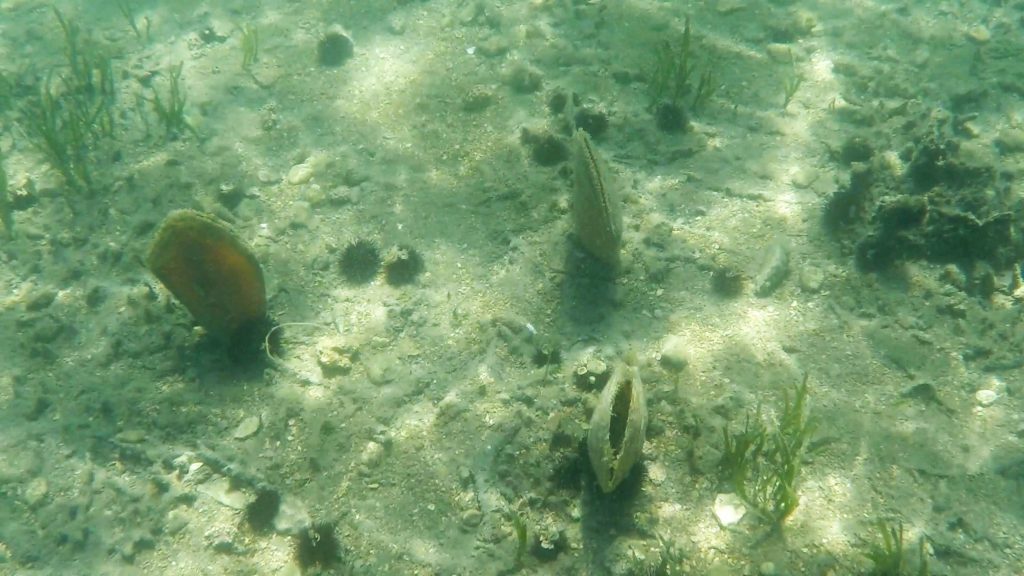
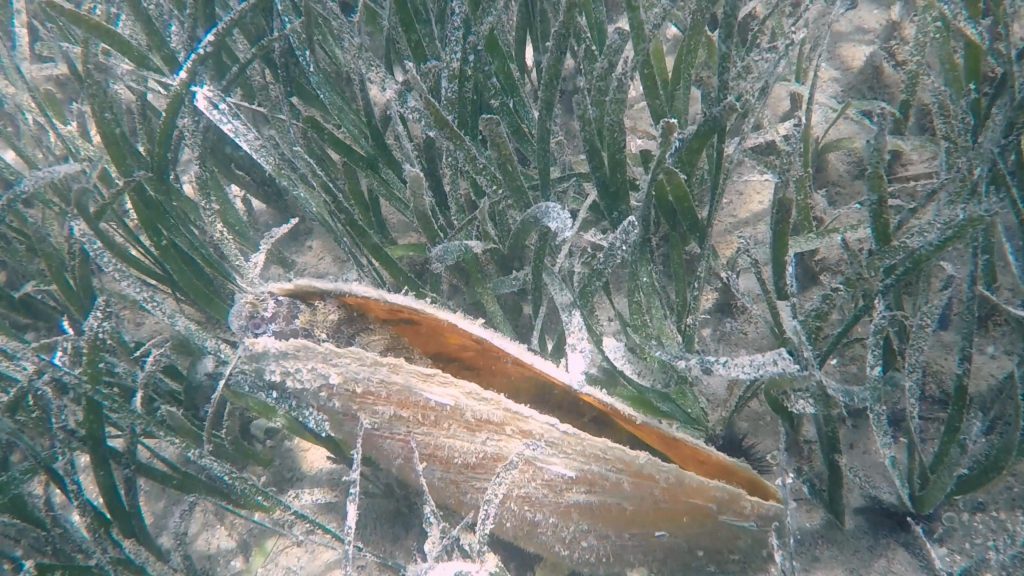
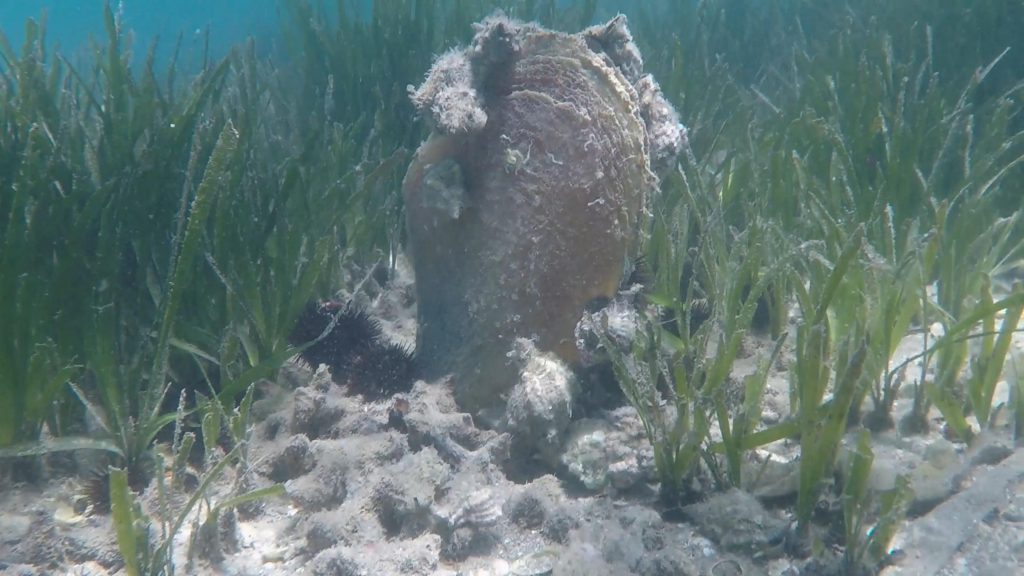
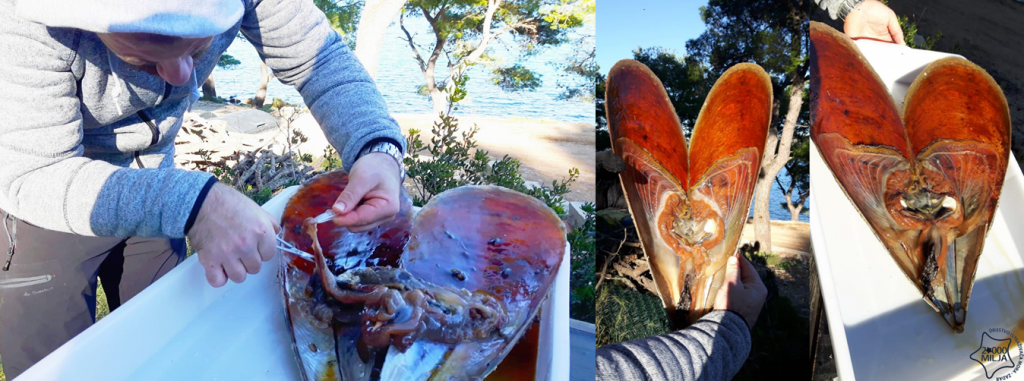
2025 © Marine Explorers Society 20.000 leagues. ALL Rights Reserved.
